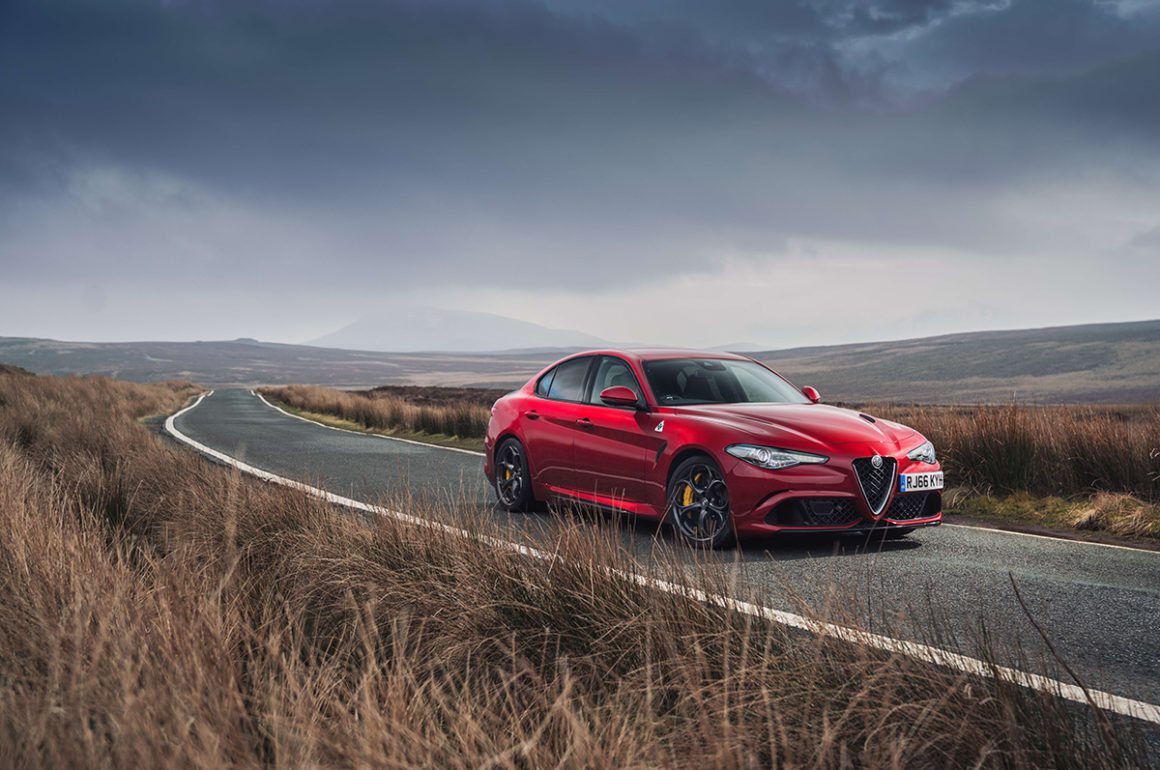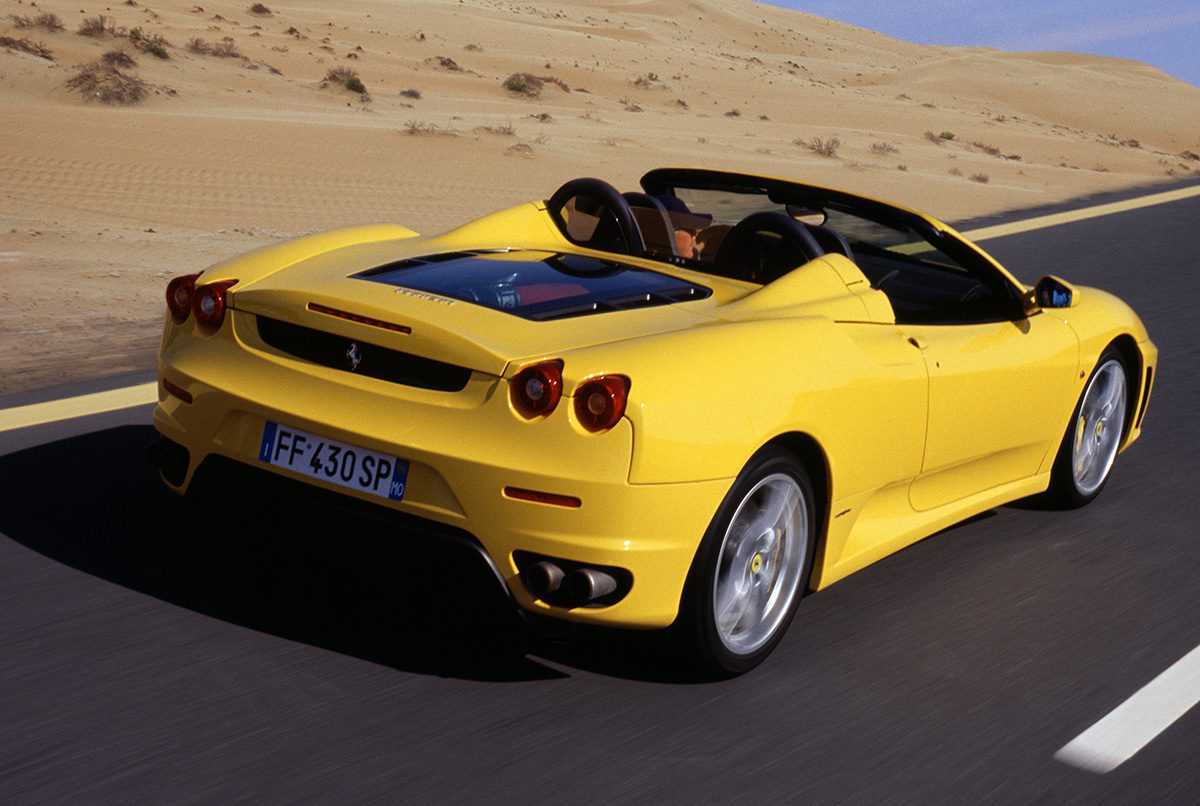
The sparkling wine of Ferrari Trento is being splashed around by the winners at the F1 podium
Formula 1 celebrates with sparkling wine from Italian winemaker Ferrari Trento – They have been the official partner of the competition since 2021. Fabienne Amez-Droz visits the alpine city of Trento, tastes their different wines and experiences the Emilia-Romagna Grand Prix first hand.
Ferrari Trento is the “Official toast of Formula One,” celebrated globally by drivers spraying each other with sparkling wine at the end of the races. The Ferrari Trento vineyards are located in Trento, nearby the dolomites mountains in Italy, and the company is, as many would suspect, unrelated to the Ferrari racing team. Actually the Ferrari Trento family company came first – their business dates back to the early automobile era, predating Enzo Ferrari’s first race car. But the brand’s name recognition has been clearly beneficial.

The family-owned Villa Margon in Trento, situated above the vineyards, is a Renaissance-era estate with 16th-century frescoes.
Founded in 1902 by Giulio Ferrari, the business was sold to Bruno Lunelli, a local wine shop owner, in 1952. Since then, the brand seeks to communicate “The italian art of living” with its costumers worldwide.
Today it is managed by the third generation of the Lunelli family with Matteo Lunelli as CEO and President of the family business. Ferrari Trento’s other executive family member is its vice-president, Camilla Lunelli, niece of Bruno. A story that does the rounds in northern Italy is that Bruno was friends with Enzo Ferrari, and Enzo once expressed interest in investing in his namesake wine company, although the Lunelli family declined, as they wanted to keep it as a family business.
The family has an estate, called Villa Margon, located above the vineyards, where you can walk around the ancient building, gardens and learn about the family’s history. The Villa is covered in-and outside with frescoes dating back to the 16th-century. A little drive further down from the estate, you can find their big, modern winery, where they produces all of their so-called Trentodoc‘s, available in six different lines – each of which expresses its own distinctive characteristics.
Trento DOC (Denominazione di origine controllata), commonly known as Trentodoc, is an appellation for white and rosé sparkling wine made in Trento in Italy. They produce the sparkling wines with a traditional method, just like Champagne. In this method, the second fermentation occurs in the bottle, creating the bubbles. Along with Franciacorta, it is a region of Italy widely considered to make world-class sparkling wines, leagues above cheap Prosecco.
After visiting the large Ferrari Trento winery in the valley, Camilla Lunelli invited me to the Michelin-starred Restaurant Locanda Margon and explained all of the different sparkling wines, which they offer and how to pair them with a gourmet meal.
Follow LUX on Instagram: luxthemagazine

The modern Ferrari Trento winery in the valley can store 20 million bottles, with over six million sold last year.
Read more: 6 Questions: Matteo Lunelli, CEO & President of Ferrari Trento
For this year’s Emilia-Romagna Grand Prix in Imola, I was hosted by the Lunelli- Ferrari Trento- family. This particular racing track is one of the most well-known racing venues in the history of the Italian Grand Prix’s and 2024 marks the 30 years anniversary since the deadly accident of Brazilian F1-driver Ayrton Senna (1960-1994).
For the Imola Race, the brand designed a special Ferrari Trento bottle in honour of Senna which has been signed by the winning drivers: Max Verstappen, Charles LeClerc and Lando Norris, and it will be up for auction for the Senna Foundation in Brazil.
The Ferrari Trento Team took me around the Paddock and gave me an intimate tour of the Stake F1 Team Kick Sauber– garage to show what it would be like, to be down there during a race. You could see the Netflix “Drive to survive” camera team taking shots for the show. An experience worth celebrating!

The bottle of Ferrari Trento designed in honour of Ayrton Senna for the Imola Grand Prix 2024
















Recent Comments